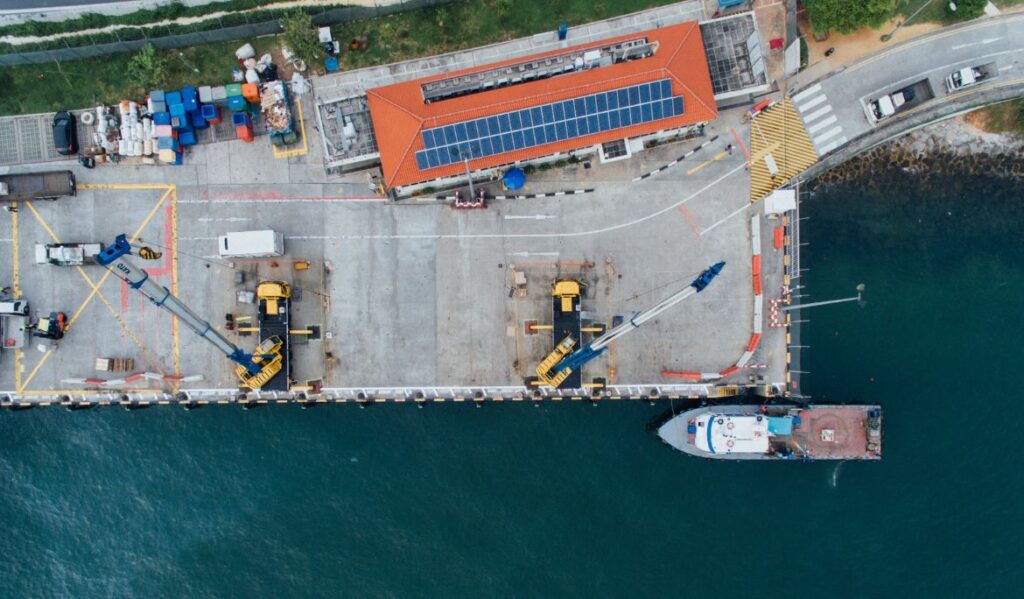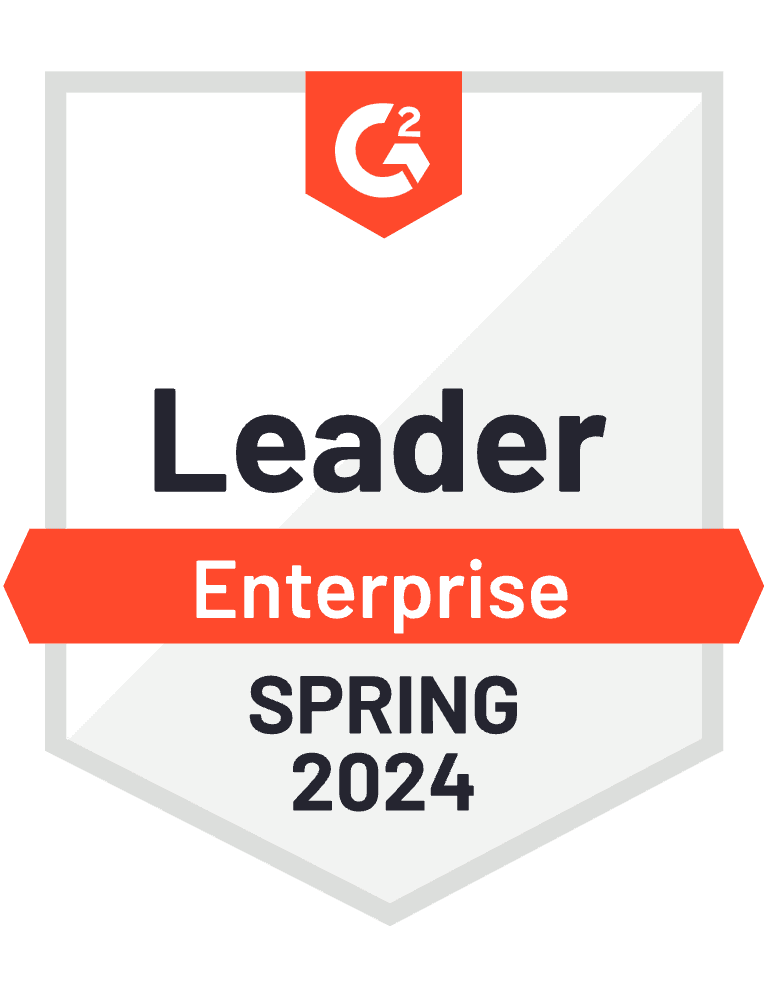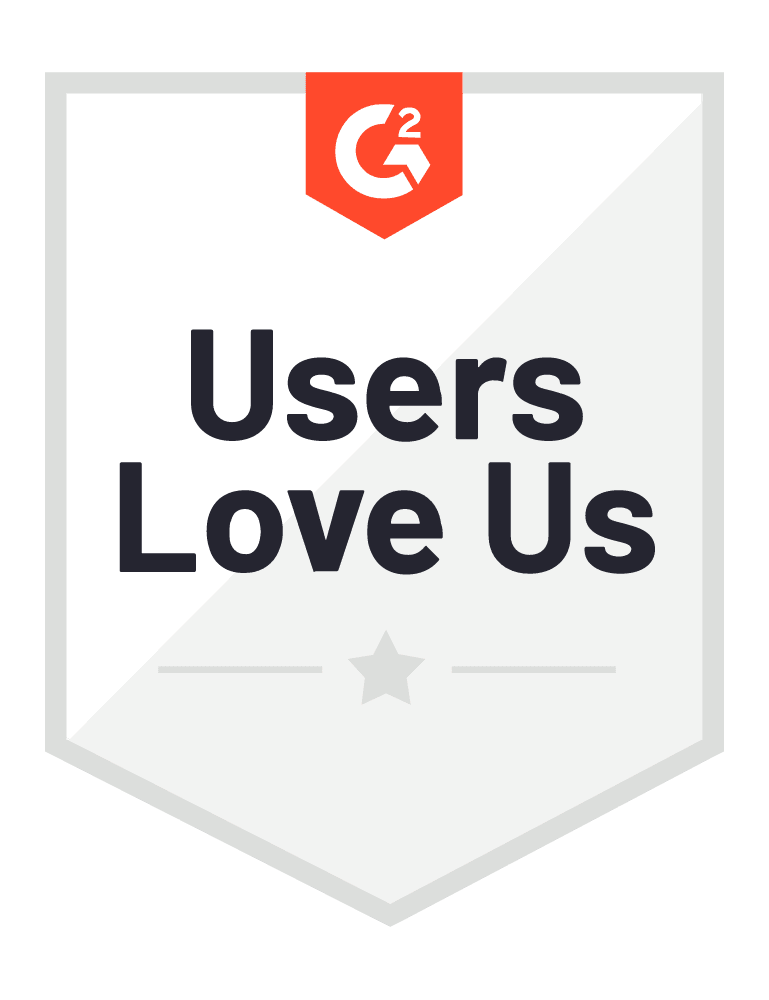The proverb that the journey of a thousand miles begins with a single step might seem like an amusing paradox for supply chain professionals. On the one hand, the road to digital maturity is daunting, and many companies are only just setting out on the path to end-to-end visibility and intelligent risk management. Yet on the other hand, the journey itself might not be well-defined, let alone the destination.
Overhaul sponsored the recent GDS North America Supply Chain Digital Summit, helping to light a path through the big questions supply chain leaders – who represent some of the world’s largest technology, pharmaceutical, retail and manufacturing companies – continue to confront along their journeys. Read on to learn the three key themes that emerged and insights for each from Frankie Mossman, Overhaul’s Chief Customer Officer.
Smart data make smart supply chains
Supply chain leaders recognize that now is the time to make big investments and bold decisions. A 2021 Gartner survey found that nearly 90 percent planned to invest in supply chain resilience, and 80 percent said that new technology would be needed over the next three years. But technology is only one component of smart supply chains.
“Data is everywhere, and it can be overwhelming,” says Frankie. “But we need to make it manageable and actionable so that we can make better decisions and orchestrate across the entire supply-chain ecosystem.” Smart supply chains are defined by the problems they solve, not the technology or software they use. “A smart supply chain needs to know what’s happening,” Frankie explains, “but it’s ultimately only as smart as the data we prioritize.”
Agility versus resiliency
“Agility” and “resiliency” are two words often used interchangeably with respect to supply chain, notes Frankie, especially in recent news stories about disruptions and shortages. But they have a clear distinction. “Resiliency is making sure that you’re ready for the worst-case scenario, which means you do have to have more reserve stock and redundancies. Agility is taking advantage of an opportunity.”
Over the past two years, virtually every industry has had to be more agile, especially in decision-making. “The pandemic forced us to make decisions much faster and get out of our comfort zones around how we use data and share information,” says Frankie. “But it also revealed where we weren’t resilient and didn’t have redundant sources of supply and inventory.”
Similarly, companies shouldn’t interchange how they execute. “You need to have a strategy as to whether you want to be an agile or a resilient supply chain,” emphasizes Frankie. Supply chains can be both, depending on the business models they support, but this hybrid requires clear definition. Although it may seem counterintuitive, simultaneously pursuing agility and resilience could undermine how well a supply chain is equipped for the next seismic shift.
Transition versus transformation
According to McKinsey, e-commerce in the US grew at a 10-year pace within the first quarter of 2020 and the onset of the pandemic. As consumers quickly transitioned to find alternatives to brick-and-mortar stores, they ignited a long-term transformation of how we source, manufacture and distribute goods across a full spectrum of industries.
The tension between transition and transformation also fine-tunes supply chains. As Frankie puts it, “Transition is continuous improvement, where we take the building blocks that we have today and make them slightly better. Transformation is thinking completely differently.”
She points to the 2021 blockage of the Suez Canal as another transformational flashpoint. Its aftermath spurred shippers to take short-term action like evaluating alternate routes, and underscored complex, long-term questions. Poor infrastructure, climate change and changing consumer behaviors all were contributing forces, and they will likely play significant roles in the event of a future similar incident. “We’re never going to have perfect data. But we can intelligently know the direction we need to go and how to take that next step.”
A transformational mindset ultimately is what sets leading companies apart. “When you go on a transformational journey, you’re not going from zero to sixty,” says Frankie. “You don’t become a visible, smart supply chain tomorrow just because you plug in great software. It’s a journey that has iterations.”





